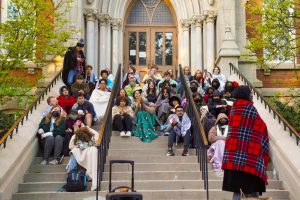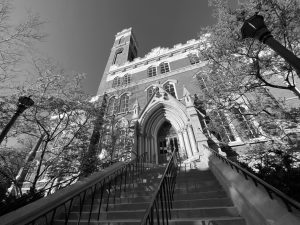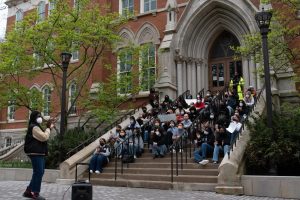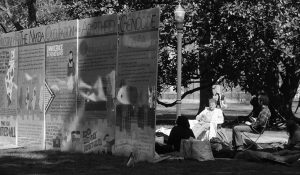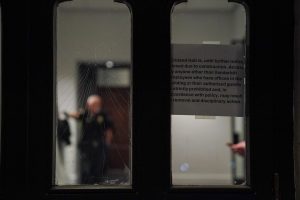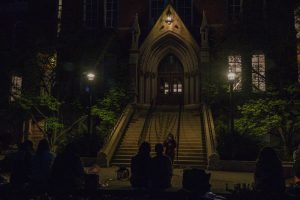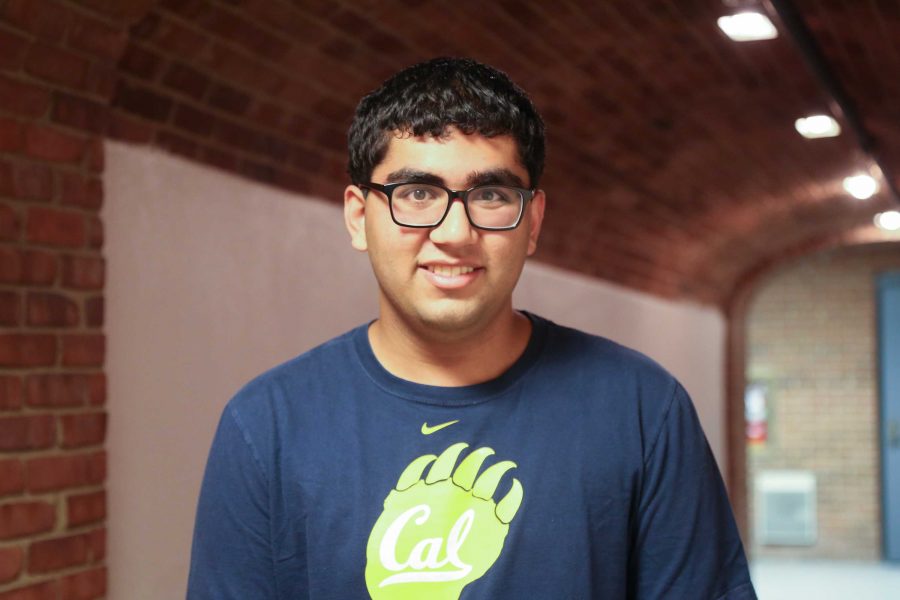Imagine a supernova.
They are spectacular explosions, eulogies to stars who can no longer support their internal fusion and are forced to blow out their exteriors. The universe is so immense that, at any given moment, millions upon millions of stars are going supernova.
Imagine observing one.
With those millions upon millions of supernovae, this may seem a simple enough task. But, remember, the universe is immense. The limits placed by the speed of light and humanity’s current (if still impressive) scientific ability together mean that there are astoundingly few within a stone’s throw of the Earth. It’s estimated that one occurs in the Milky Way only every fifty years, on average, and even then, interstellar dust conceals many of them. The last one observable from Earth was seen in 1607, when Shakespeare was alive and when Jahangir ruled India.
When one does occur, it is a remarkable moment. The most famous recent supernova, observed in 1987, was in fact 160,000 light-years away, in the Large Magellanic Cloud, a satellite galaxy of the Milky Way. Most others have been observed in other galaxies–tens or hundreds of millions, or even billions, of light-years away. And they were mostly observed after the fact.
The chances of serendipitously happening upon a supernova, of seeing its first flash, are equivalent to winning what astronomers have termed the “cosmic lottery.”
Now, imagine that very lucky strike actually happening.
On 20 September 2016, an Argentine amateur astronomer named Victor Buso was testing a new camera attachment for his personal telescope. He aimed it at the galaxy NGC 613, located about 80 million light-years away, and began snapping away. In those pictures, he noticed an odd pinpoint of bursting light. This burst was the first phases of an oncoming supernova.
The Astrophysics Institute of La Plata in Buenos Aires quickly caught wind of the discovery, and an international team was quickly despatched to the case, tracking it for two months with telescopes in Hawaii. The valuable find of the initial stages of a supernova has given a great deal of knowledge that would otherwise be virtually unattainable.
It was once a star twenty times the mass of the sun. Buso caught the moment of its death against odds of ten million to one, according to some. Perhaps even a hundred million to one. Buso was more likely to have been killed by a falling airplane part or to have fathered identical quadruplets than to have won the cosmic lottery and photographed this supernova.
But, after all, the universe is immense.


